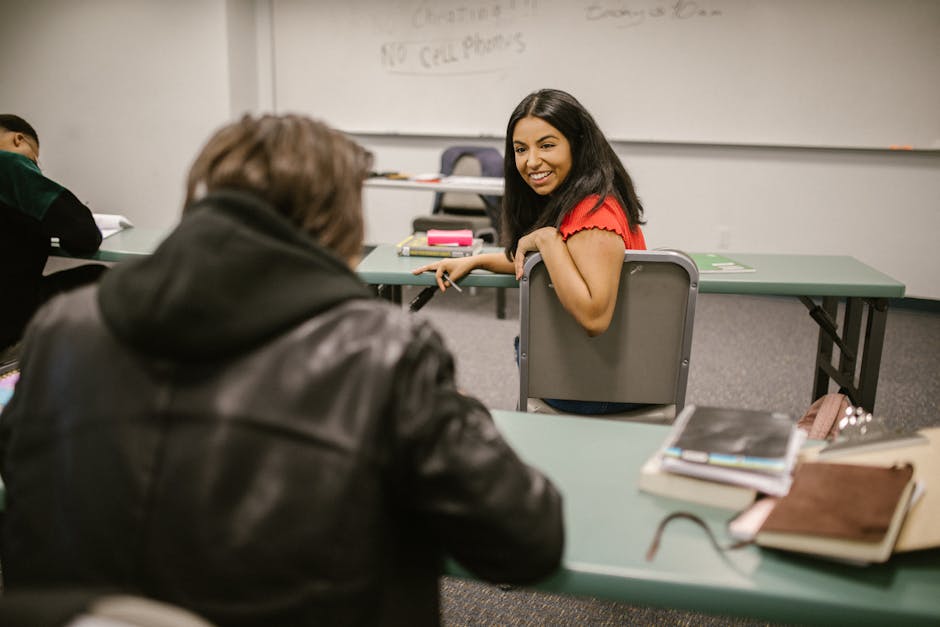Bridging Digital and Physical: Esports' Impact on Traditional Sports Training
As the worlds of digital gaming and traditional sports become increasingly intertwined, the impact of esports on traditional sports training is undeniable. Athletes, coaches, and sports organizations are starting to recognize how skills honed in virtual arenas can enhance physical performance on the field. In this piece, we'll explore how the booming esports industry is revolutionizing the way traditional sports training is approached, creating a new frontier that blends physical and digital competitions.
The Rise of Esports and Its Modern Landscape
Esports has evolved from niche tournaments in basements to multi-million dollar events streamed globally, drawing in millions of viewers and creating a unique culture of competition. Esports athletes train rigorously, just as traditional athletes do, dedicating countless hours to honing their skills, strategies, and teamwork. In 2025, we see an even stronger correlation—a deliberate merging of training techniques used by both esports competitors and traditional sports athletes.
The reality is that esports has not only captured the attention of millions but is also fostering a new type of athleticism. While physicality may differ from typical sports, the strategic thinking, reaction time, and teamwork in esports closely mirror certain aspects of traditional sports.
How Esports Influences Traditional Sports Training

Many traditional sports teams have begun to incorporate elements of esports training methodologies. These practices primarily center around the use of data analytics, cognitive training, and virtual simulations, which can dramatically enhance biological and psychological performance.
Data Analytics and Performance Metrics

Just like in esports, where every move and strategy is carefully analyzed for optimal performance, traditional sports benefit immensely from advanced data analytics. Athletes now leverage statistical insights—gathered through wearables or video analysis—allowing them to understand and improve their performance in real-time.
For example, basketball teams utilize predictive analytics in sports to refine their shooting strategies based on opposing players' behaviors. Similarly, esports leagues gather extensive data to analyze player performances, giving both esports athletes and traditional athletes a competitive edge.
Cognitive Training and Mental Energetics

The mental aspect of athletic performance is gaining increasing recognition. Esports athletes often engage in cognitive training, which includes activities aimed at improving their reaction times and problem-solving skills in high-pressure situations. Traditional sports teams recognize the multi-faceted advantages cognitive training offers.
Incorporating techniques familiar in the world of esports can significantly elevate an athlete's mental resilience and agility. Employing strategies from cognitive coaching can improve decision-making skills and focus under pressure by using techniques such as immersive virtual training.
Virtual Simulations for Skill Development

The role of technology in sports training continues to expand, and one prominent advancement is the emergence of virtual reality (VR) training environments. Athletes can simulate realistic game situations, an approach used predominantly in esports.
Esports training frequently employs VR interfaces to improve reaction times and decision-making, allowing players to mentally rehearse scenarios they may face in actual competition. For traditional athletes, this means they can replicate gameplay scenarios, practice precise movements, and build their tactical understanding of the game without the physical strain—making preparation more efficient.
For instance, football teams today utilize VR technology to simulate plays and analyze opponent strategies, mirroring how esports athletes practice tactics using virtual platforms.
Bridging the Passion of Gaming with Sports Enthusiasm

The synergy between esports and traditional sports not only benefits athletes but also engages fans in unprecedented ways. Traditional sports franchises are leveraging the passion of gaming culture to expand their audience reach and enhance fan engagement through strategic partnerships with esports organizations.
Fan Engagement through Esports

Emerging trends point toward an expansion of sports leagues that directly tap into esports’ thriving community. The integration of esports elements in traditional sports events encourages fans to participate in mixed-gaming events, allowing them to engage on multiple levels.
For example, special gaming nights where fans can compete against professional athletes in hybrid events create a unique atmosphere that attracts dedicated gaming and sports fans alike.
Cultural Impact on Youth Athletes

Collaboration between traditional sports leagues and esports can appeal to a younger generation that increasingly values digital experiences. Programs that combine physical training with gaming skills must understand that today’s young athletes thrive when they can merge interests rather than choose one over another.
Engaging with esports helps inspire a new era where the culture of sports encompasses digital interaction, widening participation. Leveraging the enthusiasm of urban art and athletic identity, programs can also inspire creativity in youth through collaborative efforts linking physical sports, art, and gaming.
Building Community through Collaboration

Sports leagues across the board are beginning to realize that the crossover of esports into traditional disciplines leads to collaborative opportunities that help foster community engagement. Initiatives aimed at combining esports with local events contribute to skill development and community building.
The Role of Local Sports Leagues

Local sports leagues can leverage the popularity of esports to inspire kids and foster a sense of community. Many leagues can pivot towards hosting gaming events that allow young athletes to explore new interests while still participating in physical sports.
By blending traditional training with gaming mechanics, administrators can create diverse pathways for athletic development while simultaneously offering community-wide events that increase camaraderie and collective excitement.
Engaging with Schools and Educational Institutions

Schools play a pivotal role in bridging the esports and traditional sports gap. Introducing esports into school curricula opens doors for athletes to experience competition in a new form and encourages teamwork.
Programs could provide students with holistic training encompassing both physical exercise and strategic gaming, creating the potential for scholarships that attract bright, multifaceted talent. This isn't just about gaming; it's about the social skills, teamwork, and cognitive flexibility that both realms offer.
Addressing Challenges and Future Directions

While the convergence of esports and traditional sports training presents exciting possibilities, there are challenges that must be addressed. Establishing standards for training practices overseen by professionals in both arenas can help bridge miscommunications and misunderstandings.
Regulatory Frameworks

One challenge lies in establishing guidelines that honor the integrity of each sport. Traditional sports organizations and esports federations need to consider how rules apply across domains. Common regulation can help manage expectations while providing a pathway for collaboration among athletes and organizations.
Health Considerations and Managing Strain

The integration of digital and physical training also comes with health considerations. Athletes must manage the physical demands of traditional sports alongside the sedentary nature of gaming. Finding a healthy balance between physical training and screen time will be crucial for long-term athlete health.
Beyond Borders: Global Collaboration

The future of sports increasingly lies in global collaboration. As esports reach audiences around the world, traditional sports organizations can transcend borders, creating international partnerships that harness shared knowledge, ideas, and methodologies.
For instance, teams from different countries may establish training camps that include both esports and traditional athletes, allowing for a fusion of techniques and cultures that promote long-term advancement in training practices.
Final Thoughts: Embracing the Future of Sports Training

As we delve into this fascinating intersection between esports and traditional sports training, it becomes evident that the future will be defined by collaboration and enriched experiences. The influence of esports on traditional sports practices offers a wealth of opportunities for athletes and organizations alike to enhance their approach to training, engage a broader audience, and cultivate dynamic communities.
Coaches and athletes are now more equipped than ever to learn from each other—blending tactics, incorporating innovative training techniques, and redefining fandom. By embracing these advancements and fostering open conversations between both domains, we encourage holistic development, enhanced performance, and renewed passion for the spirit of competition.
As we continue to witness the transformation of sports in this digital era, it’s essential to engage with these synergistic opportunities. To explore more insights, check out articles on biofeedback technology in enhancing athlete resilience and the impact of gamification on sports training.




